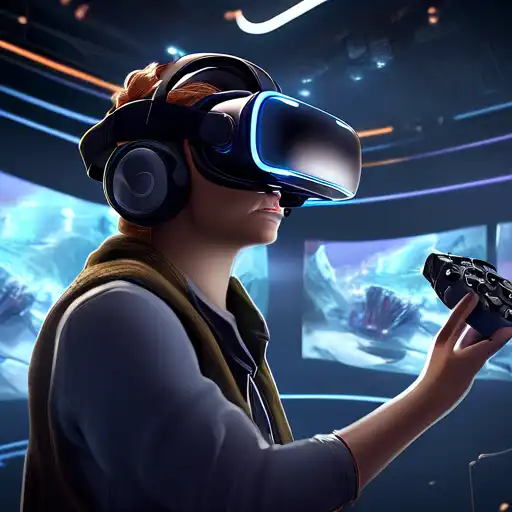Understanding the Complexities of VR Content Development
Virtual Reality (VR) has emerged as a groundbreaking technology, offering immersive experiences that were once the stuff of science fiction. However, developing content for VR presents a unique set of challenges that creators must navigate to deliver compelling experiences. This article delves into the hurdles faced in VR content creation and offers insights into overcoming them.
Technical Limitations and Hardware Diversity
One of the primary challenges in VR content development is the technical limitations imposed by current hardware. High-quality VR requires powerful processors and graphics cards, which can be a barrier for both creators and users. Additionally, the diversity of VR hardware, from standalone headsets to PC-connected systems, means developers must optimize content for multiple platforms, increasing complexity and cost.
Creating Immersive and Comfortable Experiences
Another significant challenge is designing experiences that are both immersive and comfortable for users. Issues such as motion sickness can detract from the user experience, necessitating careful consideration of movement mechanics and visual design. Creators must strike a delicate balance between realism and comfort to ensure their content is accessible to a broad audience.
High Development Costs and Resource Intensity
Developing VR content is resource-intensive, requiring specialized skills and tools. The cost of creating high-quality VR experiences can be prohibitive for smaller studios or independent creators. This financial barrier limits the diversity of content available in the VR space and can stifle innovation.
Navigating the Evolving VR Landscape
The VR industry is rapidly evolving, with new technologies and standards emerging regularly. Keeping up with these changes can be daunting for content creators, who must continuously adapt their skills and workflows. This constant state of flux can make long-term planning and development challenging.
Overcoming the Challenges
Despite these hurdles, the potential of VR as a medium for storytelling, education, and entertainment is undeniable. By leveraging collaborative tools, embracing modular design practices, and staying informed about industry trends, creators can navigate the complexities of VR content development. The key to success lies in innovation, adaptability, and a deep understanding of the unique demands of virtual reality.
For those interested in exploring more about digital content creation, check out our guide on the latest trends in digital content.
